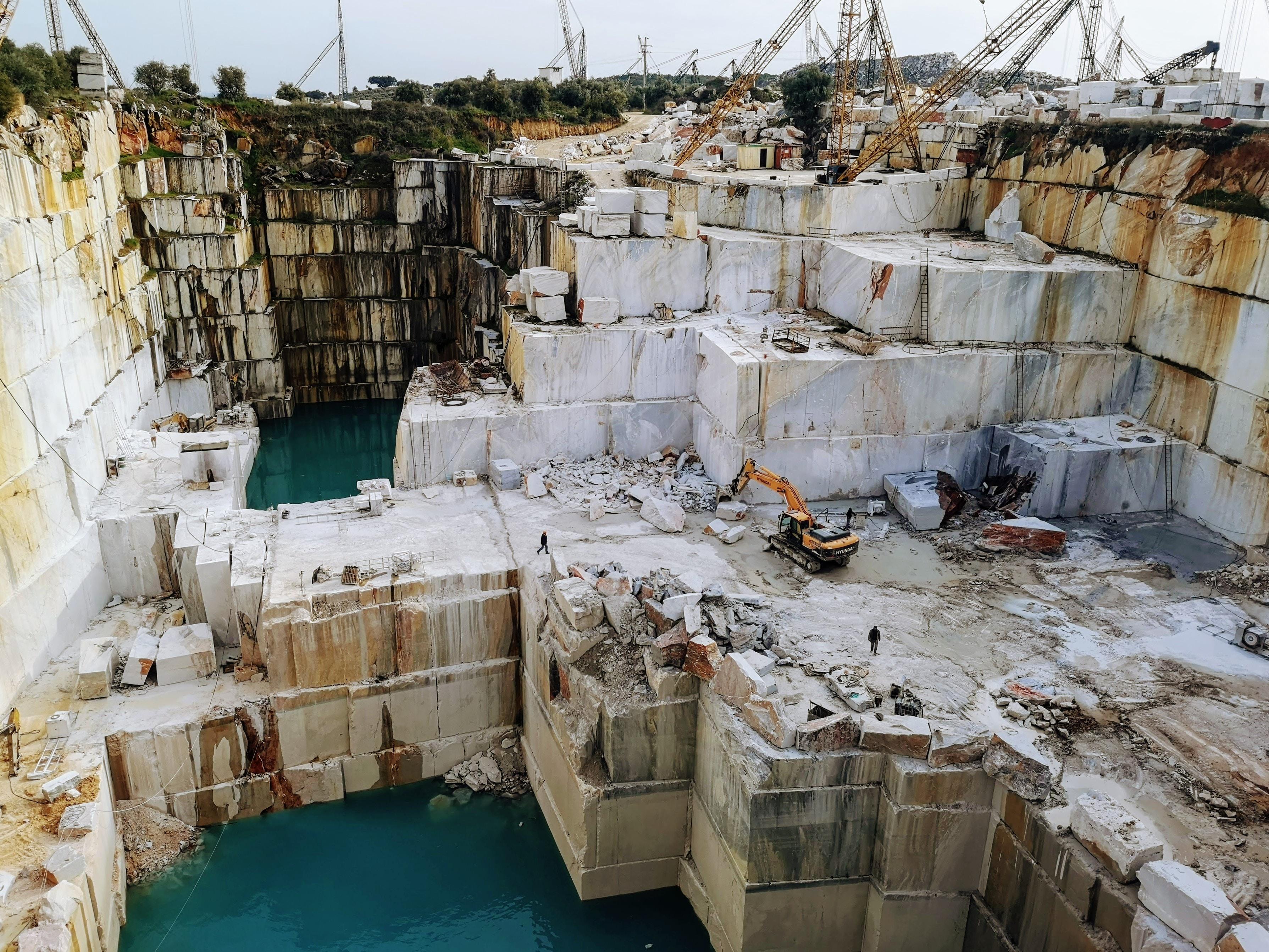Highwall safety is a critical aspect of open-pit mining operations. A highwall is the face of exposed overburden and coal in a surface mine, and its stability is crucial for the safety of miners and equipment. Highwall failures can lead to catastrophic accidents, severe injuries, and fatalities, along with significant financial losses. This article highlights the importance of highwall safety and outlines best practices for maintaining stability and mitigating risks associated with highwall failures.

Open Pit Mine
Understanding Highwall Failures
Highwall failures can occur due to various factors, such as geological conditions, weather-related factors, improper design and operational practices, and lack of monitoring and maintenance. Common types of highwall failures include:
-
Toppling: Occurs when the highwall's upper layers become unstable and fall over.
-
Sliding: Involves the sudden movement of a large mass of rock or soil along a plane of weakness.
-
Rotational failure: Occurs when a large mass of rock or soil rotates around a fixed axis, causing it to move downslope.
Best Practices for Highwall Safety
Proper mine planning and design:
-
Conduct thorough geological and geotechnical investigations to understand the site's unique conditions.
-
Establish appropriate bench heights, widths, and slopes to maintain highwall stability.
-
Develop a highwall design that takes into account the site's specific geology, hydrology, and environmental factors.
Regular monitoring and inspection:
-
Implement a rigorous inspection routine to identify signs of highwall instability or deterioration.
-
Use advanced monitoring technologies, such as LiDAR and ground-based radar systems, to detect potential failure points and monitor highwall movement.
-
Establish communication protocols to report any abnormalities or concerns promptly.
Effective ground control measures:
-
Employ various ground control techniques, including rock bolting, shotcrete, and meshing, to reinforce unstable highwall areas.
-
Install catch benches and berms to intercept falling material and minimize damage to equipment and personnel.
-
Use geotechnical instrumentation to monitor ground movement and detect potential highwall failure indicators.
Equipment and personnel safety:
-
Ensure that heavy machinery is operated at a safe distance from the highwall to minimize the risk of accidents.
-
Train miners on highwall safety procedures, emergency response protocols, and hazard recognition.
-
Establish exclusion zones near highwall areas where access is restricted to essential personnel only.
Weather-related precautions:
-
Monitor weather forecasts and adjust mining operations accordingly, particularly during heavy rainfall or snowmelt events.
-
Implement proper drainage systems to manage water infiltration and control erosion.
-
Conduct regular inspections after significant weather events to identify any highwall damage or instability.

Miner
Highwall safety Conclusion
Highwall safety is a vital aspect of open-pit mining operations, and its importance cannot be overstated. By implementing a comprehensive safety plan that includes proper mine planning, regular monitoring and inspection, ground control measures, and training and safety procedures for personnel and equipment, mining operators can significantly reduce the risk of highwall failures and ensure a safer working environment for all.
